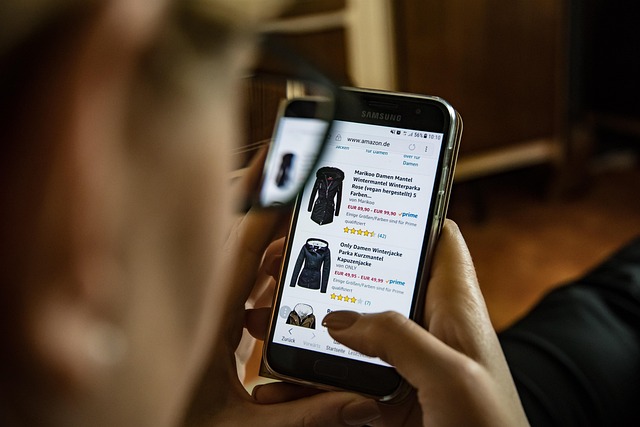Leveraging personalization to improve product discovery
Personalization can make product discovery more relevant and efficient for shoppers across channels. This article outlines practical strategies that use behavioral signals, recommendations, and analytics to help customers find items, while addressing UX, fulfillment, and sustainability considerations for modern ecommerce.

Personalization improves product discovery by aligning product surfaces with individual preferences, browsing patterns, and purchase intent. When implemented thoughtfully, it reduces search friction, surfaces relevant recommendations, and guides users through checkout and conversion pathways with clearer signals. Effective personalization combines UX design, analytics, and operational awareness so that what appears on mobile, desktop, or marketplaces reflects customer context rather than generic lists.
How does personalization enhance ecommerce UX?
Personalization tailors the shopping experience to reduce cognitive load and speed decision-making. By showing personalized collections, prioritized categories, and context-aware sorting, stores can present fewer but more relevant options. UX patterns such as frictionless filtering, saved preferences, and progressive profiling help personalization work without overwhelming customers. Integrating signals from past purchases, browsing sessions, and demographic data improves recommendation relevance and supports conversion while respecting privacy and preference controls.
What role do recommendations and analytics play?
Recommendations are the execution layer of personalization: collaborative filtering, content-based models, and hybrid approaches convert user behavior into surfaced products. Analytics supplies the feedback loop—tracking impressions, clicks, add-to-cart events, and eventual conversion enables continuous model tuning. A/B testing different recommendation placement and variety helps measure lift on conversion and average order value. Analytics also highlights cold-start issues and where business rules should supplement algorithmic suggestions for marketplaces or niche inventories.
How can omnichannel and mobile support discovery?
Omnichannel personalization ensures consistency across web, mobile apps, email, and in-store touchpoints. Mobile contexts often require more concise displays and faster flows, so personalization on mobile should prioritize recent intent signals, local availability, and quick checkout options. Synchronizing user profiles across channels—while maintaining session privacy—lets shoppers resume discovery on another device and reduces redundant exploration. Local services or in your area inventory cues combined with personalized offers can improve both discovery and fulfillment decisions.
How do checkout, payments, and conversion connect?
Personalization extends into checkout and payments by streamlining payment options, pre-filling shipping addresses, and offering tailored shipping or fulfillment choices. Displaying trusted payment methods and transparent shipping timelines reduces friction and cart abandonment, improving conversion rates. Dynamic incentives or simplified return policies shown at checkout, based on loyalty or past behavior, can increase completion without broadly discounting prices. Analytics should track conversion funnels end-to-end so personalization improvements at discovery translate into measurable revenue changes.
How do logistics, fulfillment, and returns affect discovery?
Operational constraints must inform personalization to avoid promising unavailable experiences. If logistics or fulfillment windows differ by region, discovery surfaces should reflect stock, estimated delivery, or pickup options to set accurate expectations. Personalized sorting that prioritizes in-stock or fast-fulfillment items reduces cancellations and returns. Similarly, return policies influence purchase decisions—showing products with favorable returns or sustainable packaging options can make them more discoverable to certain customer segments while aligning with operational capacity.
How can marketplaces and sustainability be integrated?
Marketplaces and direct channels benefit from layered personalization that respects seller diversity while highlighting relevant inventory. Personalization models can incorporate sustainability attributes—such as eco-friendly materials, reduced-carbon shipping, or recyclable packaging—to surface products that match a shopper’s values. On marketplaces, blending seller ratings, delivery reliability, and personalized relevancy helps customers discover trustworthy options. Transparency about sustainability claims and clear metadata makes these signals usable by recommendation engines without misleading shoppers.
Personalization is most effective when it balances algorithmic signals with human-centered design and operational reality. Combining recommendations, analytics, omnichannel consistency, and transparent checkout and fulfillment messaging improves product discovery while supporting conversion and long-term customer trust. Thoughtful integration of payments, logistics, and sustainability signals ensures that personalized discovery leads to realistic expectations and better outcomes for both shoppers and retailers.





